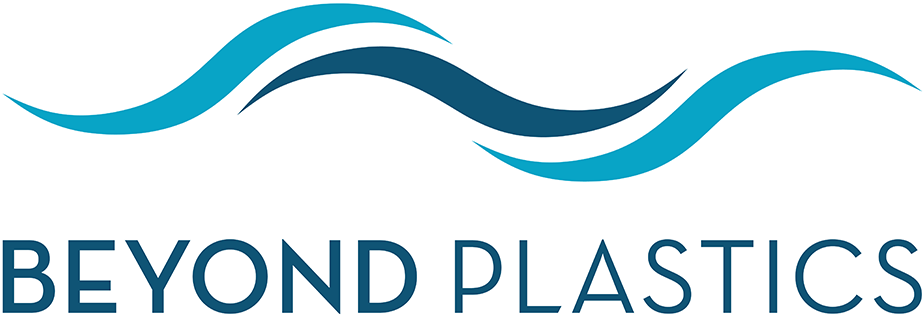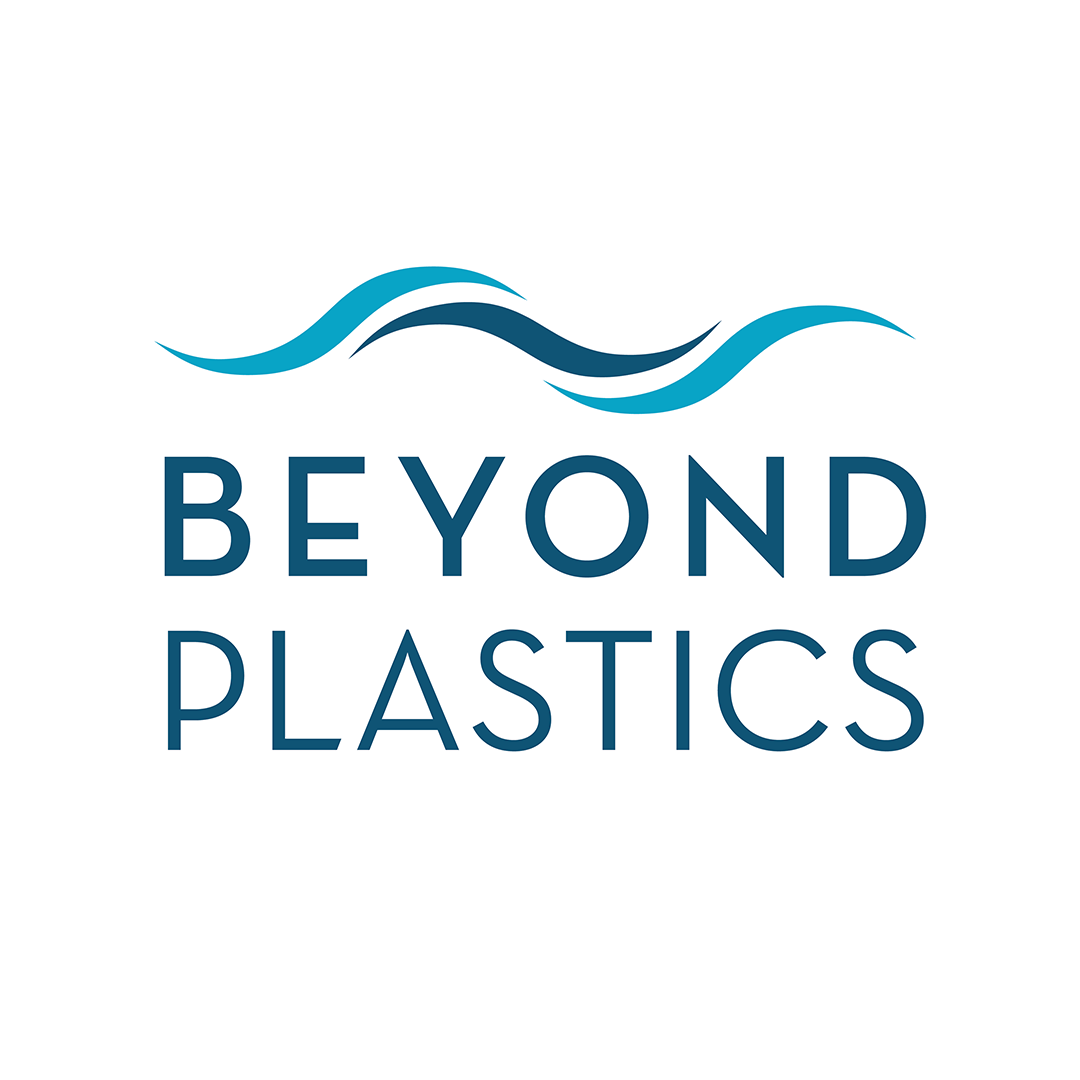New Digital Ads Highlight How Plastic Reduction Legislation Would Protect New Yorkers from Microplastics and Save Tax Dollars
For Immediate Release: May 22, 2025
Contact: Marissa Solomon, marissa@pythiapublic.com, (734) 330-0807
ALBANY, N.Y. — Following this week’s New York State Senate Finance Committee 15-7 vote to send the Packaging Reduction and Recycling Infrastructure Act to the Senate floor, Beyond Plastics is announcing a new, five-figure digital ad campaign. The ads, targeting key Assembly and Senate districts across the state, highlight the benefits of reducing plastic for municipalities and reproductive health.
One version of the ad reads, “Plastic is in everything. Microplastics have been found in lungs, blood, and heart arteries” with a picture of a child using an asthma inhaler and plastic filling his lungs. A 2024 study found that microplastics in lungs can contribute to respiratory diseases, and are particularly concerning for people with pre-existing conditions like asthma.
Another version of the ad includes the text “Plastic is in everything. Microplastics have even been found in breast milk,” with a picture of a mother breastfeeding her child. A 2022 study tested breast milk samples from healthy mothers, and microplastics were detected in 75% of them. The microplastics detected were composed of polyethylene, PVC, and polypropylene — all used in plastic packaging. Infants are especially vulnerable to chemical contaminants. Microplastics have also been found in human placentas.
In addition to highlighting how reducing plastic will improve New Yorkers’ health, the ads also show how taxpayers will save money and municipalities will benefit with an ad that reads, “Hire more teachers! Save $1.3B on waste disposal. Disposing of packaging waste costs communities millions of dollars each year.” The ad references a new report from Beyond Plastics, "Projected Economic Benefits of the New York Packaging Reduction and Recycling Infrastructure Act," which shows that New Yorkers would save $1.3 billion in just one decade after the Packaging Reduction and Recycling Infrastructure Act becomes law. These savings would come from the avoided costs of waste management when there’s less waste to manage, and they don’t even include the funds that would be brought in after placing a fee on packaging paid by product producers.
“We all know that plastic is wasteful and making us and our children sick, yet taxpayers are forced to spend hundreds of millions every year just to deal with it. We need this bill to come to the floor in both houses for a vote. Plastic polluters should be on the hook for the mess they’re making,” said Judith Enck, president of Beyond Plastics and former U.S. Environmental Protection Agency regional administrator.
Previously this legislative session, the Packaging Reduction and Recycling Infrastructure Act passed both the Assembly and Senate Conservation Committees and the Assembly Codes Committee. Next, it will be voted on in the Assembly Ways and Means Committee. Earlier this month, Assembly Speaker Carl Heastie indicated the bill will come to a floor vote this session and Senate Majority Leader Andrea Stewart Cousins said Senate Democrats are committed to passing the bill this year. The bill passed the Senate last year.
BACKGROUND
The Packaging Reduction and Recycling Infrastructure Act (S1464 Harckham/A1749 Glick) will transform the way our goods are packaged. It will dramatically reduce waste and ease the burden on taxpayers by making companies, not consumers, cover the cost of managing packaging. The bill will:
Reduce plastic packaging by 30% incrementally over 12 years;
By 2052, all packaging — including plastic, glass, cardboard, paper, and metal — must meet a recycling rate of 75% (with incremental benchmarks until then);
Prohibit 17 of packaging’s worst toxic chemicals and materials, including all PFAS chemicals, polyvinyl chloride (PVC), lead, and mercury;
Prohibit the harmful process known as chemical recycling to be considered real recycling;
Establish a modest fee on packaging paid by product producers, with new revenue going to local taxpayers; and
Establish a new Office of Inspector General to ensure that companies fully comply with the new law.
Because the Packaging Reduction and Recycling Infrastructure Act would save tax dollars, over 30 localities across the state have passed resolutions urging Albany leaders to pass the bill. The New York City Council passed a resolution in support, and the Mayor’s Office released a memorandum of support in favor of the legislation. More than 300 organizations and businesses — including Beyond Plastics, Hip Hop Caucus, Hudson River Sloop Clearwater, League of Women Voters, Environmental Advocates, NYPIRG, Earthjustice, Blueland, and DeliverZero — issued a memo of support stating, “This bill would save tax dollars and position New York as a global leader in reducing plastic pollution.”
Plastics and Climate
Plastic production is warming the planet four times faster than air travel, and it’s only going to get worse with plastic production expected to double in the next 20 years. Plastic is made from fossil fuels and contains 16,000 chemicals, many of them known to be harmful to humans and even more untested for their safety. Most plastics are made out of ethane, a byproduct of fracking. In 2020, plastic’s climate impacts amounted to the equivalent of nearly 49 million cars on the road, according to a conservative estimate by Material Research L3C. And that’s not including the carbon footprint associated with disposing of plastic.
Plastics and Health
Less than 6% of plastic in the United States actually gets recycled, and only 9% of all the plastic waste ever generated, globally, has been recycled. The rest ends up burned at incinerators, buried in landfills, or polluting rivers and the ocean — an estimated 33 billion pounds of plastic enter the ocean every year.
Plastic is being measured everywhere, and microplastics are entering our soil, food, water, and air. Scientists estimate people consume, on average, hundreds of thousands of microplastics per year, and these particles have been found in human placenta, breast milk, stool, blood, lungs, and more.
Scientific research continues to find that the microplastics problem is worse than previously thought: New research in the New England Journal of Medicine shows that microplastics are linked to increased heart attacks, strokes and premature deaths. Another study from Columbia University found that bottled water can contain hundreds of thousands of plastic fragments.
Why Chemical Recycling Isn’t a Solution
Because plastics recycling is a failure, the plastics and petrochemical industries are now pushing a pseudo-solution: chemical recycling, or “advanced recycling.” This is a polluting process that uses high heat or chemicals to turn plastic waste into fossil fuels or feedstocks to produce new plastic products. It’s a dangerous distraction that’s allowing companies to exponentially increase the amount of plastic — and greenhouse gases — they put into the world. Learn more from Beyond Plastics’s report, “Chemical Recycling: A Dangerous Deception.” These New York bills do not ban chemical recycling but simply do not allow chemical recycling to count as real recycling.
About Beyond Plastics
Launched in 2019, Beyond Plastics pairs the wisdom and experience of environmental policy experts with the energy and creativity of grassroots advocates to build a vibrant and effective movement to end plastic pollution. Using deep policy and advocacy expertise, Beyond Plastics is building a well-informed, effective movement seeking to achieve the institutional, economic, and societal changes needed to save our planet and ourselves, from the negative health, climate, and environmental impacts for the production, usage, and disposal of plastics.
###

